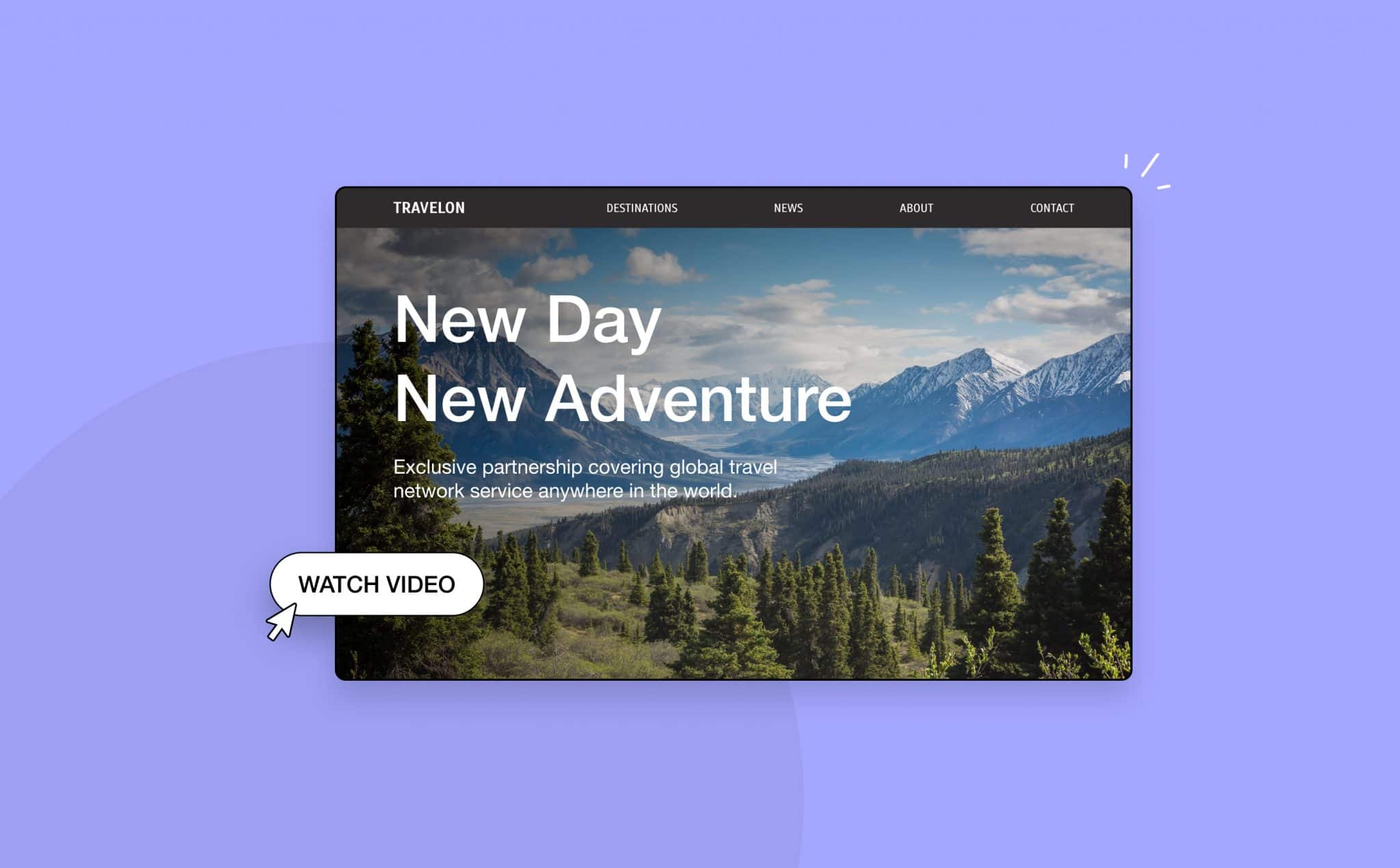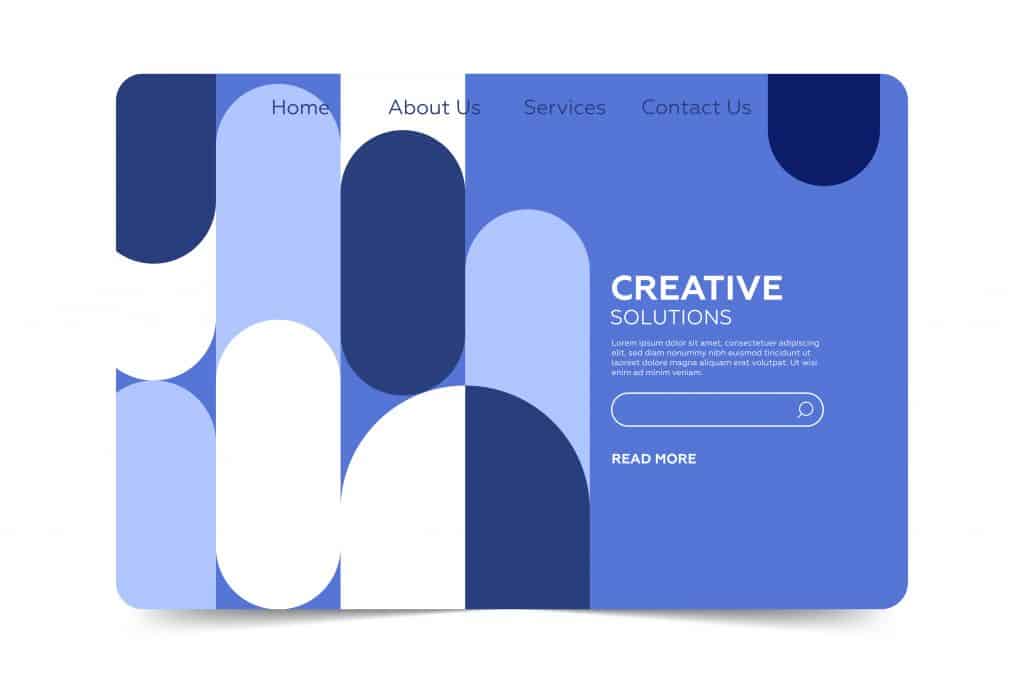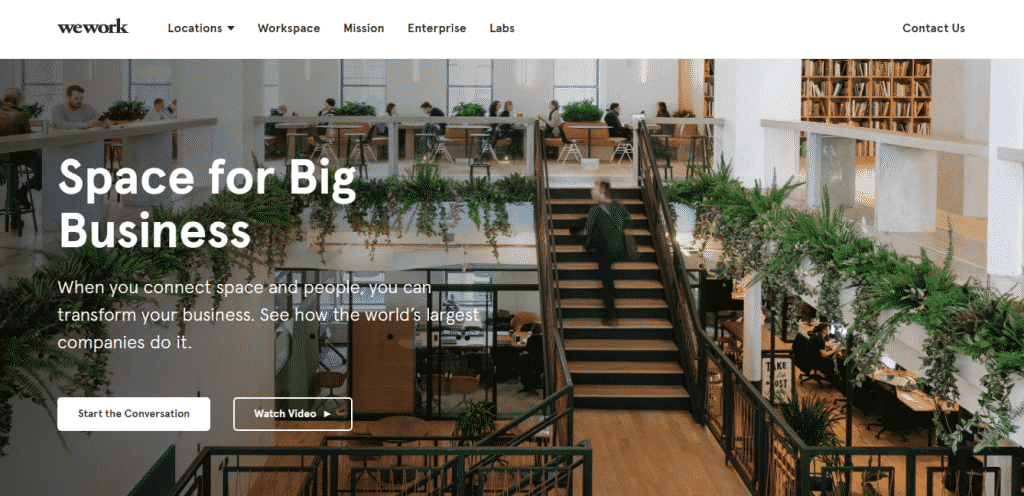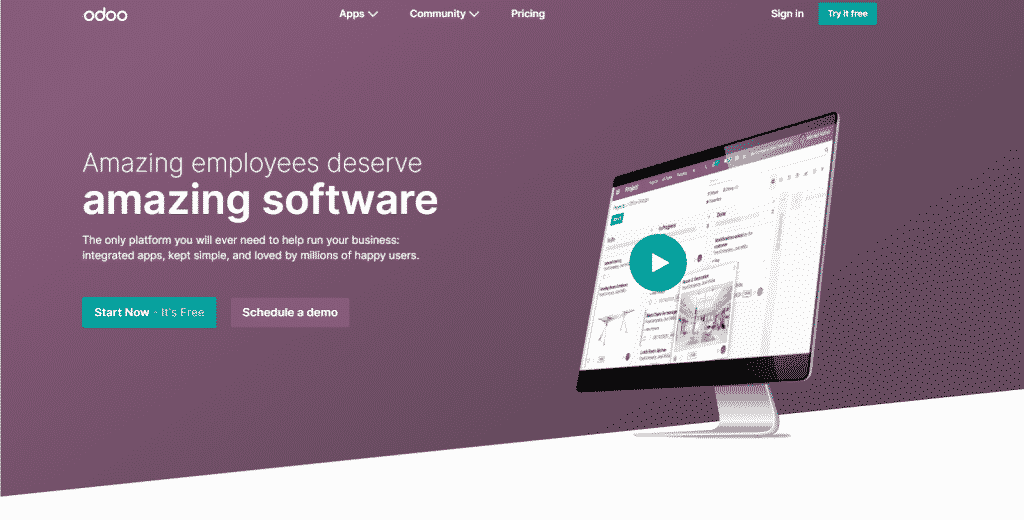
The Benefits of Adding Videos to Your Landing Pages
Converting website visitors into leads is the first step in creating a connection between your business and a potential customer or client. And when it comes to websites, a landing page is the stepping stone that will get you there. Landing pages are an essential part of the buyer journey. They represent a powerful online marketing channel and should be included in your content strategy.
No matter your digital marketing campaign, your target audience will likely not convert by themselves. Creating quality landing pages has the potential to turn visitors into paying customers in the future. Moreover, incorporating video on your landing pages will further your conversation rates, will increase your reach, and will open the door to additional opportunities.
Ready to dive into the importance of landing pages and the benefits of adding video to them? Read on!

What is a Landing Page?
A landing page is a standalone web page created specifically for a marketing or advertising campaign. It is a page on which potential customers can “land” after clicking on a link in an email or ads from Google, Facebook, YouTube, Instagram, or similar digital locations.
Once on your landing page, visitors are encouraged to take a specific action, such as making a purchase or joining an email list. If the visitors take the desired action, your landing page has succeeded in converting them.
Unlike web pages with multiple goals and navigational links, a landing page is designed with a single goal or a call-to-action (CTA). Thus, they are better at increasing conversion rates of your marketing or advertising campaigns and reducing the cost of acquiring a lead or making a sale.
Landing pages can be optimized for SEO to receive more organic traffic. They can also be used with paid advertising or social media.
There Are Two Types of Landing Pages:
- Lead generation landing pages – These feature a lead capture form designed to collect personal information such as names, email addresses, and phone numbers in exchange for an offer such as free ebooks or whitepapers, free trials, or discount coupons.
- Click-through landing pages – These feature CTA buttons like “Buy Now” or “Book a Call” that redirect visitors to a page where they can complete the desired action. It’s used by e-commerce websites and other websites that focus on making a sale immediately rather than collecting user information.

An Effective Landing Page Has the Following Elements:
- Limited navigation options to avoid distracting visitors from the primary CTA
- Compelling content offer to entice visitors to give up their data
- Short lead capture forms and succinct, strong copywriting
- Sharing options to encourage visitors to share your content with their network
- Focused communication that matches the meta title visitors clicked to get to your landing page
- High commercial intent
- Tracking and analytics
How to Create a Landing Page That Converts:
- Use a landing page builder that’s intuitive to use to have a shorter learning curve and create incredible landing pages quickly.
- Use landing page templates as a reference or as inspiration to start. A/B tests different designs to determine which design elements are more effective at driving conversions.
- Communicate the value the landing page offers to visitors in exchange for their information.
Now that you understand the fundamentals of a landing page let’s see how and why videos are being used on landing pages.
Traditionally, online videos have been used for product demonstrations. But with consumers now preferring video over other forms of content, companies have begun to use them across marketing channels and throughout the sales funnel.
Andrew Frank, a distinguished VP analyst at Gartner, mentions that top-performing brands “are leaders in video and continue to increase investments in the format to take full advantage of the ongoing boom in media consumption.”
By embedding videos into landing pages and emails, brands can generate higher user engagement than simple text and images.
The video on a landing page is embedded in a standalone player such as YouTube to complement the existing images and copy. The text is placed using standard HTML code.
Some landing page videos include:
- Explainer videos – They’re used to explain how a complex or unfamiliar product solves the viewer’s problem.
- Promo videos – They support the lead generation form on your landing page by providing a sneak peek into what viewers will get if they fill out the form.
- Demo videos – They demonstrate how a product works and provide proof of its value.
- Testimonial videos – They increase the credibility of your offer by providing social proof
Benefits of Adding Video Content to Your Landing Pages
Video landing pages offer certain benefits that outstrip those of traditional text-and-image landing pages. Here are some of them:
1. Improves conversion rate
Adding videos to landing pages increases conversion rates by 80%-86%. Compare this to top landing page conversion rates (across all industries) of 5.31%.
Using the word “video” in email subject lines increases open rates by 19% and click-through rates (CTR) by 65%!
Video landing pages make your product or service seem entertaining, so your visitors are more likely to stay engaged and eventually convert. Videos help you communicate more effectively with consumers and share details about your offerings. They create an emotional connection.
2. Increases reach
86% of video marketers report that video has increased traffic to their website. In addition, by optimizing your video for search engines, you can boost its visibility.
If you make social sharing buttons available, visitors can share your video with their audience and increase its reach.
3. Boosts time on page and engagement
Videos compel your visitors to stay on your landing page longer by combining sound and visual elements. People are likely to skim over a block of text to save time but will often watch a video in its entirety.
On average, people have spent 2.6X more time on web pages with video than those without.
It may be logical to assume that people spend more time on video landing pages because longer videos take time to run. However, the same study found that the page with the longest average time had only about one minute of video in total.
Hence, videos–whether short or long–tend to add value to the landing page by sharing more information in a shorter time.
4. Increases trust
Think With Google found that nearly 50% of internet users watched videos of a product or service before checking out a store.
Videos help you show and explain your product or service to potential customers. It’s beneficial if your product is complex and cannot be easily explained in words.
Videos increase brand recognition and generate more trust in you. People can see how your product works before they buy it. They are also more likely to remember what they see in a video than what they read in a paragraph.
Examples of Video Content on Landing Pages
Let’s look at some excellent examples of how different types of videos are used on landing pages.
1. Vend – Testimonial video

Testimonial videos add credibility to your claim because they are perceived to be genuine. They are more persuasive than image-and-text testimonials.
2. WeWork – Demo video

We Work a high-quality video on this landing page to demonstrate its workspace solutions for enterprises. The video perfectly aligns with the purpose of the landing page.
3. Odoo – Explainer video

Odoo is a business management tool, and its landing page video explains how the device works. The copy is contextual and just enough to pique the audience’s interest.
In keeping with video best practices, it does not support autoplay. Instead, it allows the viewer to click on a button and watch when convenient.
These examples have given you a sense of how videos can align with the rest of the elements on a landing page.
Do you feel inspired to create your own video landing pages now?
Best Practices When Adding Videos to Your Landing Page
Consider the following best practices to add videos to landing pages:
1. Use a video player service
Craft your landing page videos using a service like YouTube and Wistia. You can embed the video from these services onto your landing page.
Platforms like Promo have easy-to-use video creation tools and professional video landing page templates to help you make high-quality, on-brand landing page videos. They also offer a library of images sourced from stock sites like Getty and iStock.
2. Add a call-to-action (CTA) to your video
Your landing page video should have a CTA of some kind, either a lead generation form or buttons like “Buy Now,” “Sign Up,” “Download Now,” and so on.
The video should compel visitors to take the desired action throughout its content and at the end. Your video should tell viewers what you want them to do next, so create your outro wisely.
3. Keep it short
People are easily distracted, and there’s plenty of content on the Internet.
A 2019 research study suggested that the abundance of information narrowed the global attention span. Hence, it makes sense to keep your videos short and put the main marketing message at the beginning.
Facebook reported that videos 15 seconds long or shorter got more completed views. Videos may be around 30 seconds for an offer, 60 seconds for an explainer, and 90 seconds for a testimonial.
Shorter videos also allow pages to load fast and prevent high bounce rates.
4. Hook the viewer in the first few seconds
The first three seconds of your landing page video are the most important. It’s the time when you hook the viewer with an explosive opening.
Also, 65% of people who watch a video for the first three seconds are likely to continue watching for at least 10 seconds, and 45% are likely to continue watching for 30 seconds.
How you choose to spend these three seconds depends on your target audience.
Choose an engaging thumbnail to entice viewers to watch your video. Place your key message in the first few seconds of the video instead of saving it for last.
You can consider using personalized video to make visitors click on it.
5. Add captions or on-screen text
Many users do not turn on the sound when watching videos. Digiday reported that 85% of Facebook videos were watched on mute.
Video captions and on-screen text help clarify what’s being said. They’re placed seamlessly and unobtrusively within the video.
Captions also help capture the non-English speaking audience and enable you to follow accessibility guidelines.
Discovery Digital Networks found that captioned videos were responsible for an average increase of 7.32% in views.
6. Keep the video above the fold
The best way to get more visitors to engage with the video on your landing page is to keep it above the fold.
“Above the fold” refers to the section of the page that visitors see first, without having to scroll, when they land on it.
7. A/B test video autoplay
In general, video autoplay should be avoided because it annoys many viewers and increases bounce rates. Autoplay also causes pages to load slower, taking up more bandwidth for you and your visitor. This may be off-putting for mobile users.
However, autoplay may be appropriate in specific situations:
- When you use a video background (muted) for your landing page
- When your ad tells visitors to “watch the video,” it may be okay to autoplay your landing page video since people are expecting it.
It’s best to A/B test video autoplay before you decide to use it on your landing page since different elements work best for different audiences.
Ready to Add Videos to Your Landing Pages?
Landing page videos are a great way to cut through the noise and make an impression on your target audience. You can engage your visitors more fully with images, text, and a visual experience.
By adhering to best practices and continuously testing and optimizing your landing page videos, you can uniquely present your product or service and drive greater conversions.



